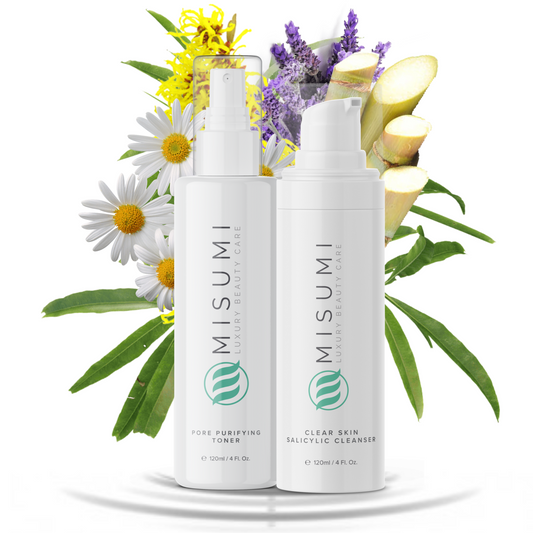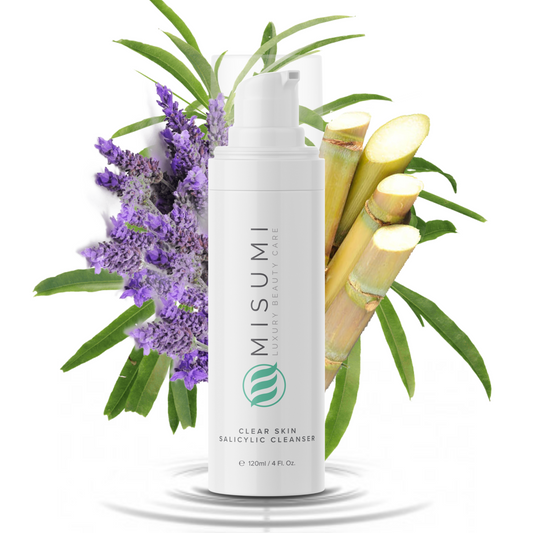Working outdoors on a field maintenance crew can feel rewarding, especially when you’re keeping sports arenas or athletic fields in top shape. Yet that same physical labour, exposure to the elements, and frequent contact with equipment and materials can carry hidden risks for your skin.
Research shows that 43 percent of EU citizens developed at least one skin disease between 2022 and 2023. And when you’re constantly out in the open, especially in open fields or work sites, the risk of such skin damage increases.
Many people think only of bruises or sunburns when they imagine outdoor maintenance work. But in fact, a variety of skin conditions and serious long-term health problems can stem from the day-to-day nature of on-field maintenance jobs.
Let’s talk you through some of the ways on-the-field maintenance work can damage your skin.
Sun Exposure and UV Damage
Being out in the open for long hours means your skin is frequently exposed to ultraviolet radiation from the sun. Over time, repeated UV exposure causes premature ageing: wrinkles, sagging, loss of skin elasticity, and uneven pigmentation.
More seriously, the skin’s DNA can sustain damage, increasing the risk of skin cancer. Maintenance workers who wear inadequate sun protection or skip reapplying sunscreen are especially vulnerable.
By the way, as per research, the intensity of UV radiation at Earth's surface is rising. That means the adverse consequences for ecosystems and human health will only get worse.
Even when the day seems cloudy or the heat is mild, UV rays still penetrate. Maintenance crews might focus on the task at hand and forget regular protection. A hat might be worn, but the neck, ears, and forearms are left uncovered. This kind of consistent and unprotected exposure builds cumulative harm.
Hence, protective clothing, sunscreen with appropriate SPF, and regular skin checks are essential.
Exposure to Dust
Dust mites can appear in nearly all homes. In fact, almost four out of every five US homes have dust mite allergens. On-field jobs mean more exposure to such particles.
These particles can irritate the skin’s protective barrier and lead to redness, dryness, scaling, or even cracking. When dust settles onto sweaty skin and is not washed off promptly, it can scratch, abrade, and strain already vulnerable skin tissue.
Beyond immediate irritation, such exposures often lead to deadlier health problems when repeated and uncontrolled. For example, railroad workers face prolonged contact with exposure to toxic materials, dust, and exhaust, along with compounds like benzene. This led to many of the workers developing cancer.
According to the Gianaris Trial Lawyers, many railroad workers filed railroad cancer lawsuits after careers involving these hazards. These cases emphasise how long-term exposure to dust, carcinogenic chemicals, and engine exhaust can contribute to cancer decades later.
According to the railroad lawsuit, laryngeal cancer, along with other forms of cancer, was common in this case. Given that over 120,000 people in the US are employed in the rail transportation sector, many might end up exposed to such dust particles. And while maintenance jobs in a field may not be identical to those railroad roles, the principle remains. Repeated skin contact with dust, chemical residues, or exhaust particulates carries risks beyond simple irritation.
Frequent Wet Work and Cleaning Chemicals
Many field-maintenance tasks require water, cleaning sprays, or detergents. For example, rinsing turf, cleaning equipment, or removing mud and grime.
While these tasks seem routine, each time your skin is exposed to water, materials, chemical residues, and scrubbing, it risks stripping away natural oils. The result can be dry, cracked skin, fissures, and dermatitis. Over time, this repeated “wet-work” can degrade the skin barrier and make you more susceptible to infections.
For instance, washing hands frequently, using harsh solvents, or standing in damp conditions for hours weakens the skin’s integrity. The broken barrier allows irritants or allergens to penetrate more easily, leading to allergic reactions or chronic dermatitis.
Even though these are less dramatic than burns, they are insidious and cumulative. Recognising that cleaners and detergents used for maintenance tasks are not benign is the first step to taking proper protective measures.
Friction, Abrasions, and Equipment Contact
On the field maintenance job, you may kneel, lean on hard surfaces, handle heavy tools, and work on uneven ground or brush against turf. These repetitive contacts, frictions, and micro-abrasions may not look like major injuries at first.
Yet over days and weeks, they wear down the skin. Calluses may form, skin can thicken, and then split. Slight wounds may go unnoticed and become entry points for infection.
When protective clothing is lacking, the skin suffers more. Maintenance workers often focus on the major hazards (machinery, heavy loads, weather) and neglect the subtle wear and tear on skin surfaces.
In practice, the skin is the frontline interface between your body and the environment: treat it as part of your protective gear.
FAQs
What physical agents can cause skin disease?
Physical agents like heat, cold, and radiation can damage the skin. Sun exposure may cause burns or long-term harm. Extreme temperatures can irritate sensitive areas. Constant contact with water or steam may weaken skin barriers. These agents often trigger inflammation and dryness that can later develop into more serious skin conditions.
What mechanical agents can cause skin disease?
Mechanical agents include friction, pressure, and repeated rubbing. Tight clothing can irritate the skin over time. Hard surfaces may cause blisters or calluses. Constant vibration from equipment can weaken skin layers. Small injuries may become infected if not treated. These forces disrupt natural protection and increase the risk of chronic skin problems.
What practices damage the human skin?
Harsh scrubbing can irritate sensitive skin and cause redness. Overwashing removes natural oils needed for protection. Poor hygiene can also cause infections. Excessive sun exposure harms cells and leads to premature aging. Frequent use of strong chemicals weakens barriers. Neglecting moisturizers causes dryness. These habits increase skin stress and lead to ongoing issues.
Field maintenance work is far from benign when it comes to skin health. What looks like routine outdoor labour is really a continuous interaction between your body and dust, sun, chemicals, friction, and weather.
Easy to dismiss but real in impact, the skin problems you develop may begin as minor dryness or rashes. However, these problems can escalate to chronic dermatitis, repeated infections, and even be part of a broader exposure-related illness.
By recognising these ways, on-field maintenance jobs can damage your skin, you take the first step toward prevention. Protect your skin as you would any piece of equipment. Cover the skin, cleanse it, inspect it regularly, and treat it with respect.








